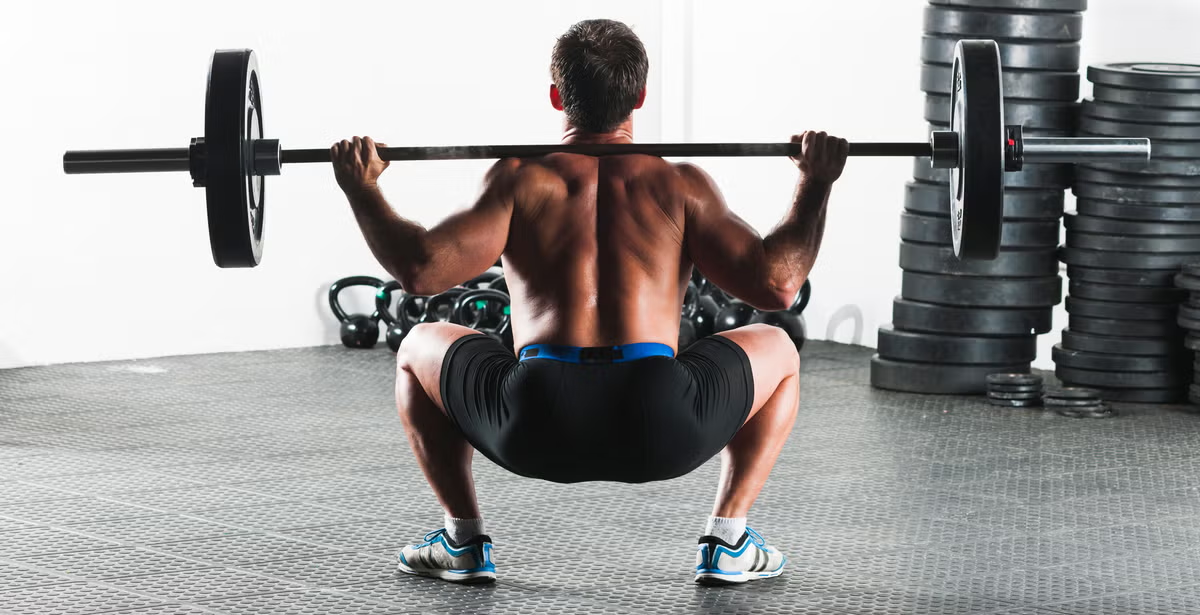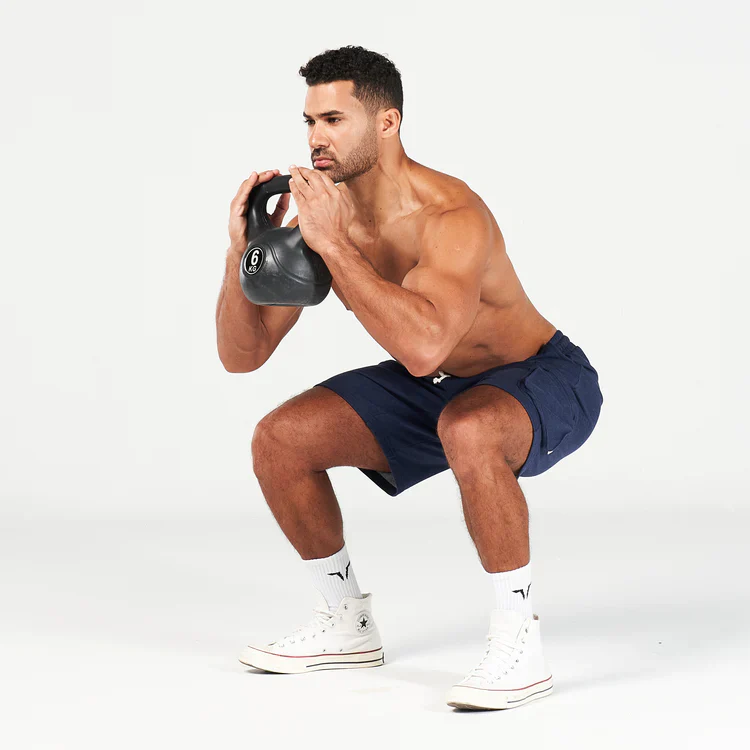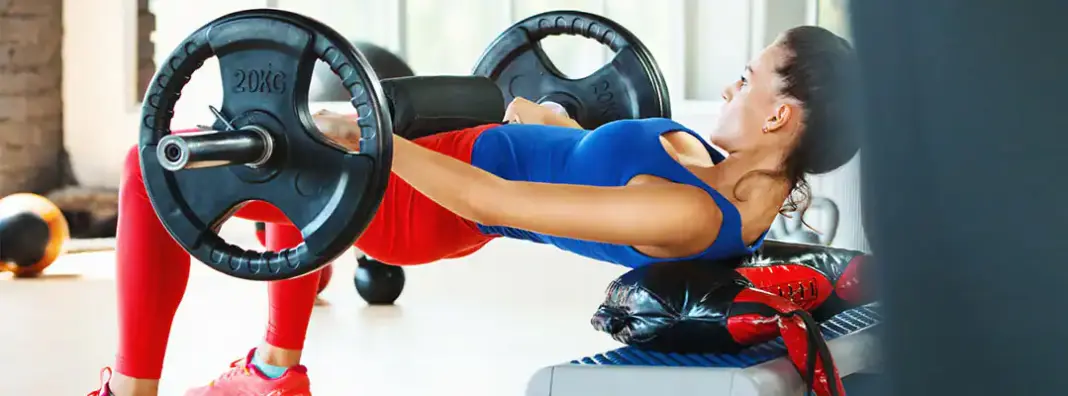Glute Training for Men vs. Women: What Actually Matters in Muscle Growth
Walk into any gym and you’ll likely see a divide in glute training: women pumping out high-rep kickbacks with resistance bands, and men grinding heavy deadlifts with zero direct glute focus. Social media and fitness culture have played a huge role in this divide — but it’s time to clear the air.
As a bodybuilder, I can tell you this: muscle doesn’t care about gender. It responds to tension, volume, progressive overload, and proper execution. Period. The glutes are no exception.
So why does this “men vs. women” conversation in glute training even exist? While the muscle structure is the same, goals, movement patterns, mobility, and training psychology can vary. And those differences can (and should) influence programming — not based on gender stereotypes, but based on anatomy, lifestyle, and individual goals.
Let’s dig into what actually matters when training glutes for men vs. women — and how to program intelligently regardless of who you are.
Muscle Structure: Same Engine, Different Frame
First things first: the gluteal muscle group is anatomically identical in men and women. It’s made up of:
- Gluteus Maximus (primary driver of hip extension)
- Gluteus Medius (hip abduction, pelvic stability)
- Gluteus Minimus (deep stabilizer and abductor)
These muscles function the same in both sexes. However, differences in mobility, posture, and dominant movement patterns can influence how effectively each person recruits these muscles.
Key Differences:
- Women often have greater pelvic mobility, better glute activation, and more awareness in isolated movements.
- Men tend to have tighter hips, stronger lower backs, and hamstrings that dominate hip extension patterns.
Training Takeaway:
Everyone needs glute training — but for different reasons. If you’re a man with tight hips and weak glute activation, don’t assume squats and deadlifts are enough. If you’re a woman who avoids load out of fear of “bulking,” you’re leaving growth on the table.
No one gets a shortcut. Identify weak links, train with intent, and focus on proper movement.
Different Goals = Different Strategies
Let’s talk about why people train glutes. This is where gender-based differences typically emerge — not in how the glutes work, but in how people want them to look or perform.
🔹 Common Female Goals:
- Rounder, lifted glutes with a “peach” shape
- Minimal thigh growth in some cases (focus on isolation)
- High-volume, shape-focused training
🔹 Common Male Goals:
- Strong glutes that support heavy squats and deadlifts
- Posterior chain performance (sprinting, jumping, lifting)
- Aesthetic balance between quads and glutes — not necessarily size-focused
Training Translation:
- Women may benefit from more frequent glute work, higher reps, and isolation exercises like hip abduction and bridges to maximize shape and activation.
- Men typically respond well to heavier compound lifts like RDLs and lunges, but often need more direct glute work to balance strength and symmetry.
Bodybuilder Tip: Even if your goal is performance over aesthetics (or vice versa), you’ll benefit from a mix of compound drivers and isolation finishers. It’s not either/or — it’s both.
Best Glute-Building Exercises for Everyone
Regardless of gender, the following exercises are foundational for building strong, well-developed glutes. The difference isn’t in the movements — it’s in how you program and execute them.
| Exercise | Why It Works |
| Barbell Hip Thrust | Peak glute contraction at full hip extension; great for all levels |
| Romanian Deadlift | Stretches and loads glutes through deep hip hinge |
| Bulgarian Split Squat | Emphasizes unilateral control, balance, and glute-quadriceps synergy |
| Cable Kickbacks | Great isolation at peak contraction; ideal for burnout or supersets |
| Seated Hip Abduction | Targets glute medius for shape and lateral stability |
| Step-Ups | Functional, unilateral, and easy to load for progressive overload |
📌 Pro Tip: Focus on tension, not just weight. If you’re not feeling your glutes doing the work, you’re probably not training them effectively.
Sample Glute Programming: Men vs. Women
Here’s how to structure your glute training based on typical goals, with room for overlap. Whether your goal is aesthetics, strength, or both — smart programming matters more than rep stereotypes.
Glute Programming for Women (Shape & Symmetry Focus)
- Frequency: 2–3x per week
- Weekly Volume: 12–20 total sets for glutes
- Primary Focus:
- Thrusts and bridges (isolation)
- Hip abduction (shape)
- High-rep finishers with bands or cables
- Rep Ranges: 10–30+ reps
- Rest Periods: 30–60 sec (or supersets)
🛠 Sample Weekly Split (Example):
- Day 1: Barbell Hip Thrust, Cable Kickbacks, Seated Abduction
- Day 2: Bulgarian Split Squat, Step-Ups, Frog Pumps
- Day 3 (optional): Banded Circuit – Lateral Walks, Donkey Kicks, Glute Bridges
Glute Programming for Men (Strength & Performance Focus)
- Frequency: 2x per week
- Weekly Volume: 10–16 total sets for glutes
- Primary Focus:
- Heavy compound lifts (RDL, lunge, squat variations)
- Add isolation to fix glute dominance and imbalance
- Rep Ranges: 6–15 reps
- Rest Periods: 60–90 sec for heavy lifts, 30–60 sec for isolation
🛠 Sample Weekly Split (Example):
- Day 1: RDL, Hip Thrust, Step-Up
- Day 2: Bulgarian Split Squat, Cable Kickbacks, Seated Abduction
💡 Note: Even if your main goal is a stronger deadlift, your glutes still need direct hypertrophy work to grow. Strong ≠ big without volume and frequency.
Common Glute Training Mistakes (By Gender)
Even with the right plan, most lifters fall into one of these traps — often because of outdated advice or social media nonsense.
Mistakes Women Often Make:
- Only training with bands — Bands are great for activation, but don’t provide enough tension for long-term growth.
- Avoiding heavy compounds — You won’t “bulk up” just because you thrust 200 pounds. You’ll build glutes that lift.
- Neglecting progressive overload — Repeating the same circuit every week won’t cut it. Increase reps, load, and time under tension.
Mistakes Men Often Make:
- Skipping isolation movements — You can squat 405 but still have underdeveloped glutes. If quads and hamstrings dominate, your glutes lag.
- Assuming glutes are “covered” by squats — Squats hit glutes, but not directly enough. Add hip thrusts, RDLs, and kickbacks for complete growth.
- Poor glute activation — Tight hips and dominant lower backs make it easy to bypass glutes altogether. Use warmups and banded movements to activate them properly.
Bodybuilder’s Tips for Better Glute Gains
- Use Tempo: Slow eccentrics (3–4 seconds) and pauses at peak contraction help build more tension and mind-muscle connection.
- Train Glutes in All Planes: Mix sagittal (thrusts), frontal (lateral walks), and transverse (clamshells, external rotation) to hit all parts of the glute complex.
- Track Your Progress: Just like you track squats and deadlifts, log your glute work. Add reps, load, or sets weekly.
- Train Around Your Weakness: Tight hips? Prioritize mobility. Poor glute medius strength? Add lateral walks and abduction.
🏁 Final Word: Glute Training is Personal — Not Gendered
Your glutes don’t care if you’re male or female. They care about how you train them. The mechanics are the same. The difference lies in your goals, your mobility, and your training background.
If you’re a man, embrace direct glute work — your performance and physique will benefit. If you’re a woman, don’t fear the barbell — heavy hip thrusts and split squats build the foundation you’re looking for.
Train smarter. Focus on tension, progression, and balance. And remember:
Glutes grow with intent, not gender.
🔗 Related Articles:
- Complete Glute Training Guide
- Best Glute Exercises for Mass
- Why Your Glutes Aren’t Growing
- Glute Workouts at Home
- Glute Isolation Movements That Actually Work






